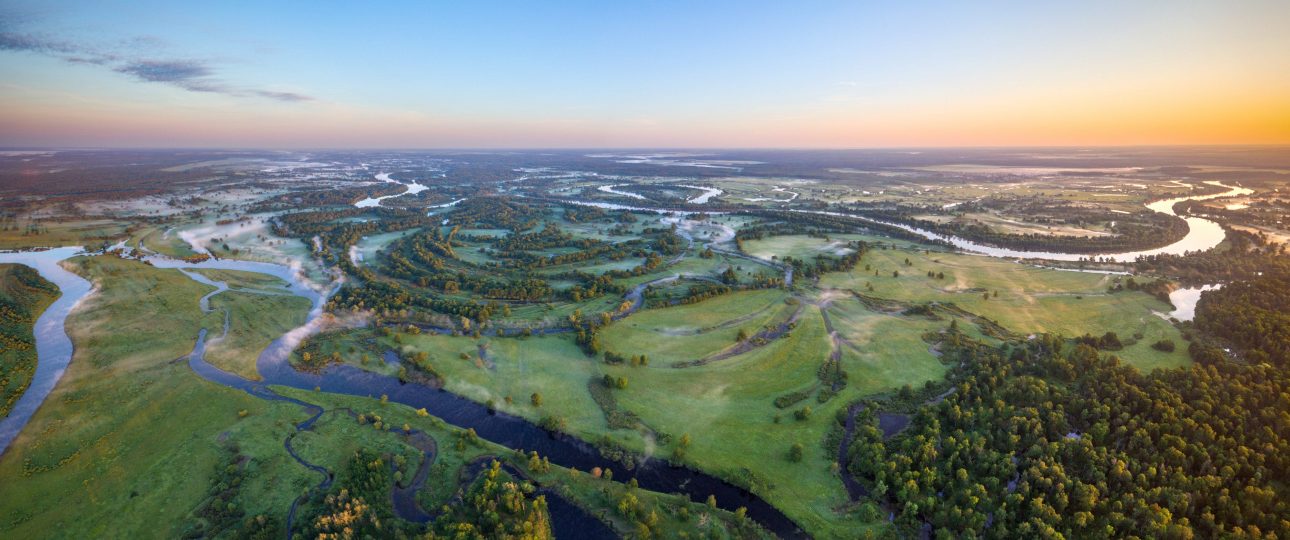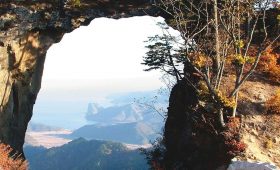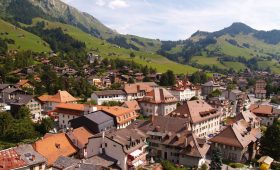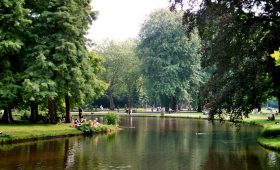Explore Pripyatsky National Park in Belarus
Discover the Beauty of Pripyatsky National Park
Pripyatsky National Park, established in 1996, is a vast expanse of natural landscapes centered around the Pripyat River in Belarus. Spanning over 2,787 square kilometers, the park is a sanctuary for diverse ecosystems, including lush forests, expansive wetlands, and meandering rivers. The area is known for its high swampiness, with up to 70% of the park flooding during certain times of the year.
The park is home to an impressive array of wildlife. You might spot European bison, elk, wild boar, red deer, and even the elusive Eurasian lynx. Birdwatchers will be thrilled by the 246 bird species that inhabit the area. The flora is equally diverse, with over 950 species of vascular plants and significant cranberry thickets.
History and Significance
While Pripyatsky National Park is not directly affected by the Chernobyl disaster, it is located near the infamous site. The park’s thriving ecosystems serve as a testament to nature’s resilience and the importance of conservation efforts. The park’s landscape is shaped by a network of tributaries and reclamation channels, remnants of the Western Expedition’s efforts to drain the Polesie swamps in the late 19th century.
Best Time to Visit
Plan your visit between May and September for the best experience. During these months, the park is alive with blooming wildflowers and vibrant foliage. The weather is generally pleasant, ideal for outdoor activities. However, the park can become crowded in the peak summer months, so consider visiting in May or September for a quieter experience.
Getting There
Pripyatsky National Park is located about 250 kilometers south of Minsk and 350 kilometers east of Brest. The closest international airport is Minsk National Airport. From Minsk, you can drive to the park in approximately three hours. Alternatively, buses and route taxis run from Minsk to nearby towns. The town of Zhitkovichi, 25 kilometers north of Turov, has a railway station for those preferring train travel.
Exploring the Park
Once at the park, explore its beauty through well-maintained hiking trails suitable for various fitness levels. For a different perspective, rent a bicycle and ride through the picturesque landscapes. Boat tours offer a unique view of the park’s waterways, revealing hidden corners inaccessible by land.
Local Transportation
Within the park, vehicles are restricted to designated areas to protect the environment. Most visitors explore by foot or bicycle. Public transportation is not available within the park, but accommodations in nearby towns may offer transportation services.
Accommodation and Facilities
Accommodations range from cozy guesthouses to camping facilities, catering to different preferences. While facilities are basic, they are clean and comfortable, focusing on preserving the natural environment. The park’s office is located in Lyaskovichi, offering additional resources for visitors.
Notable Attractions
Don’t miss the Nature Museum, which offers a collection dedicated to local nature and ethnography. It’s a great way to learn more about the region’s unique environment and cultural history.




